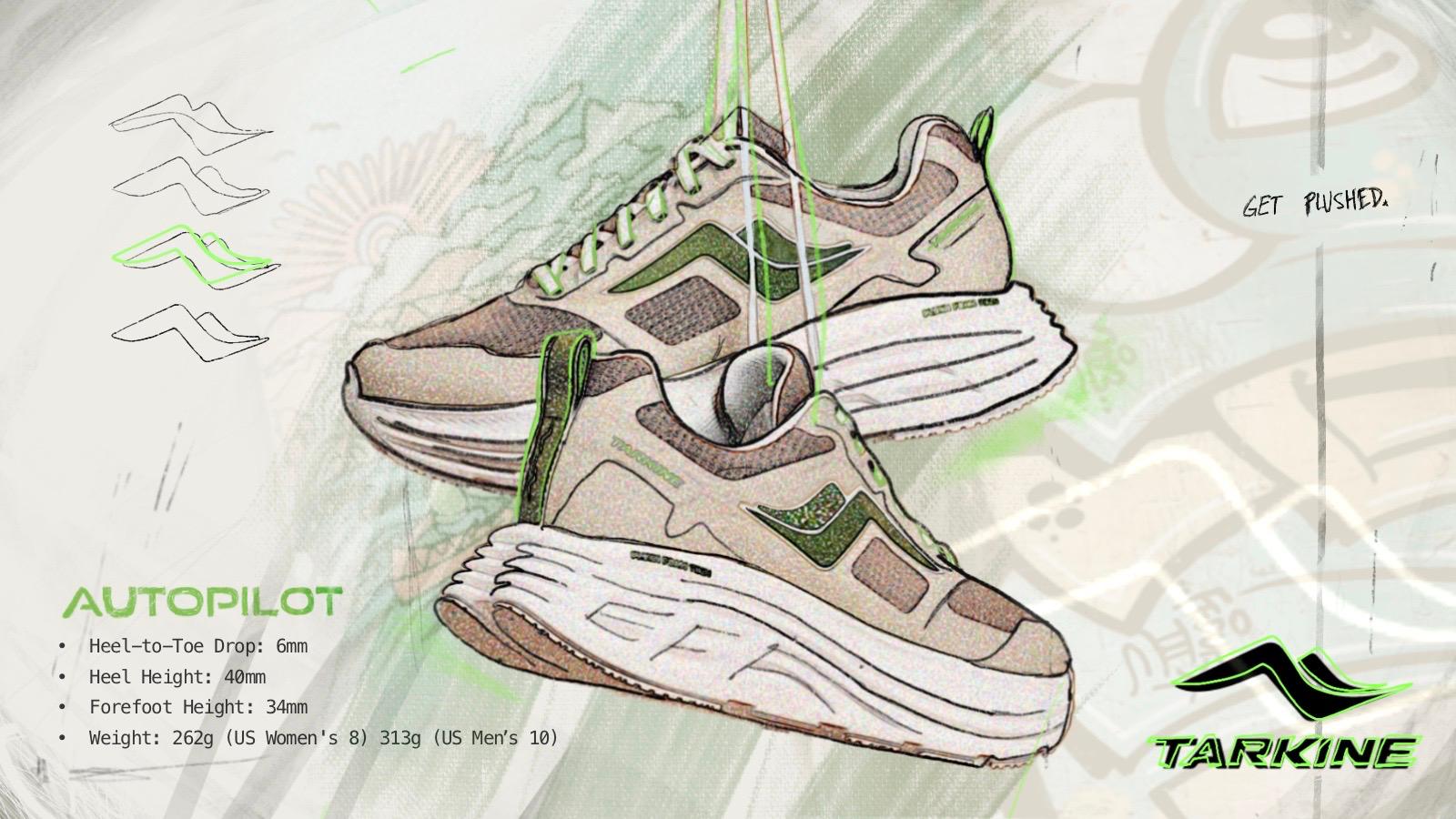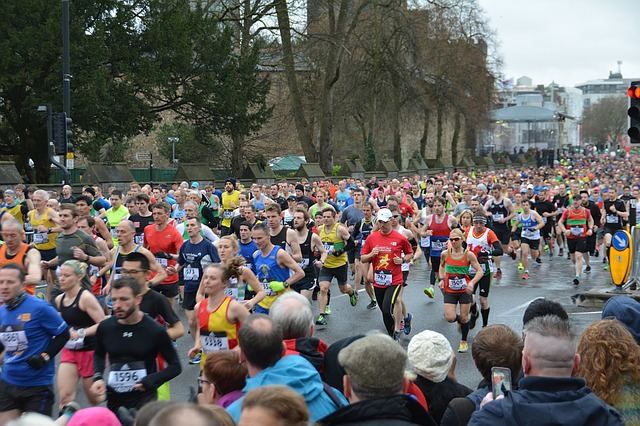Marathon training is the ultimate test of both will and physical endurance. You must have the discipline to undergo the proper training, the determination to have the proper mindset, and the fortitude to stick to a marathon training diet to run the distance. Otherwise, you risk injuring yourself in the process which is the last thing you want to happen.
Aside from physical preparation, mental toughness is also needed when it comes to running long distances unless you want the marathon to be over even before it has started.

Marathon training and marathon running can be enjoyable if you consider certain tips to keep yourself injury-free. Aside from your mindset as a marathon runner, perhaps one of the things you need to observe is the proper running techniques.
Getting Started with Marathon Training
Several things come into play when you’re training to run a marathon. Among these are your breathing, weight distribution, foot strike, running form, posture, and running intervals. Ignoring just one of these key aspects can derail you. Worse, you may sustain injuries by doing so.
One thing to consider before joining a marathon is how will your foot strike. This running technique plays an essential role when running, given that an improper foot strike can become a hindrance to running. Improper foot strike causes some runners to run improperly, and it can cause discomfort to the feet, too. There are three types of foot strikes used when running: heel strike, forefoot strike, and midfoot or neutral foot strike.
Some say the heel strike provides slower acceleration but better shock absorption when running. On the other hand, the forefoot strike has been proven to boost speed, although it’s quite risky to the knees and the ankles.
The most recommended type of foot strike is the neutral or midfoot strike, which promotes better cushioning and decreases stress on the leg muscle and bones. By observing the proper foot strike, you can prevent yourself from sustaining injuries when running a marathon.
Health Tips for Marathon Runners
Proper footwear
Aside from observing the correct foot strike, it’s important to wear the right shoes when you’re training. A good pair of running shoes can help you to become more effective, boost your running techniques, and reduce injury. The ideal shoes to wear are the lightweight ones that have soft cushioning to support your feet during the impact of the foot strike. Changing your running shoes every six months is also recommended to prevent injuries caused by wearing worn-out shoes with thin soles.
Deal with foot problems
Marathon runners are not exempt from sustaining foot injuries such as bunions, overlapping toes, and neuropathy most especially when using ill-fitting footwear. For optimal marathon performance, you need to address these issues by wearing toe separators that are specially designed for runners. Toe separators help alleviate foot pain, improve balance, and decrease the friction between your toes and the inside material of your shoes.
Breathing techniques
When running, you need to inhale through the nose. It requires deep breathing to supply enough oxygen to the body. Proper deep breathing is characterized by feeling the air passing through your diaphragm and exhaling through the mouth. Breathing directly affects running so failing to observe proper breathing techniques can affect your performance.
Warming up
Many individuals who do not do warm-up exercises have a greater risk of experiencing injuries, which results in not being able to run perfectly. In addition, if you want to stay injury-free when running, you need to have the right posture. This will allow you to achieve maximum running speed.
Hydration
Carry enough supply of water or any hydration drinks to prevent dehydration when running. When the body is dehydrated, both mind and body may alter its normal function and jeopardize your ability to stay focused and sharp throughout the training. This alteration can cause you to be extremely thirsty, experience dizziness, headache, and muscle cramps.
Training Schedule
You should also learn not to overdo your training. Learn to taper off. Tapering means your last long run should be two weeks before the race so that your muscles can recover in time for the race.
Diet
Sticking to a proper diet is also important, with an emphasis on the intake of carbohydrates, consumption of fluids, eating proteins, and some fiber-rich foods.
Rest
Incorporate a recovery period in your training. This is one of the best ways to ensure that you will not harm yourself during the training process. Your muscles and bones can grow weary from training so you need to rest and recover in order to be in your best form.
Finally, you have to condition your mind that you can do it. One marathon training tip shared by runners is to remember good memories during the first half of the marathon. Inspiration like this can work wonders and propel and motivate you to do your best.
















